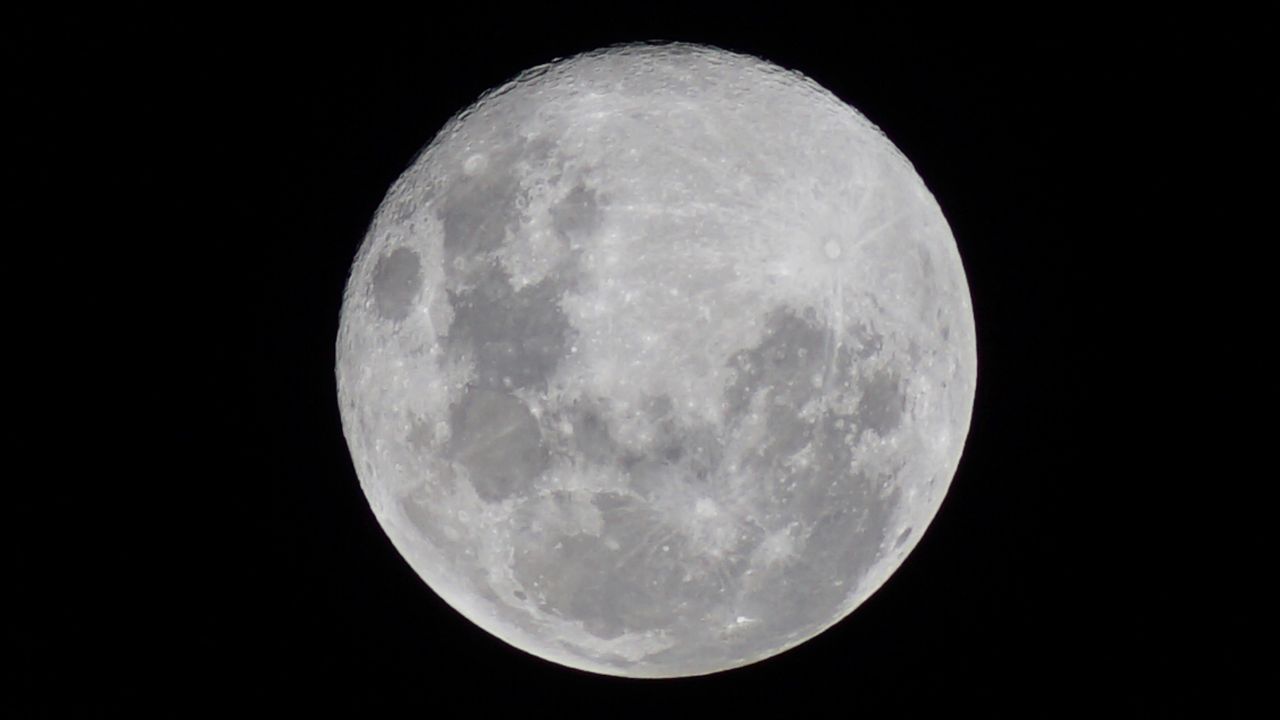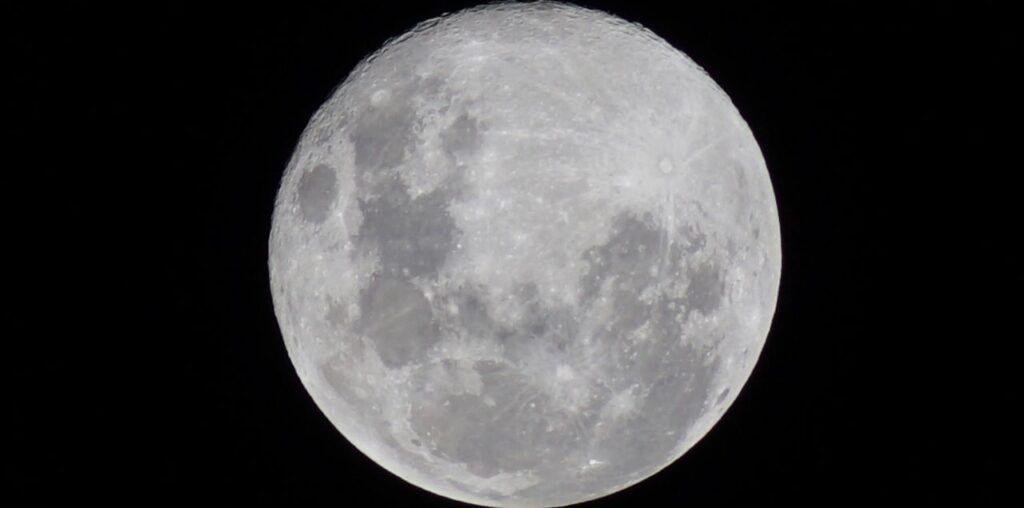
The Beaver Moon, the last supermoon of 2024, will light up the sky from Friday.
The big picture: This “extra special” moon “will appear bigger and brighter than usual,” per a NASA statement.
- It’s the last of four consecutive supermoons and it will be “slightly closer and brighter than the first of the four in mid-August,” notes Gordon Johnston, writing for NASA Science.
What is a supermoon?
A supermoon occurs when a full moon coincides with the Moon’s closest approach to Earth in its elliptical orbit, which NASA notes is known as perigee.
- Supermoons are only visible three to four times a year.
- Full moons are up to 14% larger and 30% brighter than the faintest Moon of the year.
Why is November’s full moon called a Beaver Moon?
The term has origins from traditions and folklore in both Native American and European culture, according to NASA.
- One possible explanation is that November is when beavers get ready for winter by bolstering dams and stocking up on food supply.
- “November was also the season to trap beavers for their thick, winter-ready pelts to use for warmer clothing,” NASA notes.
- Other nicknames of this November Moon include the Frost or Snow Moon, per NASA.
How to see this year’s Beaver Moon
If the weather is clear, it should be easy to spot as it will be the largest and brightest object in the night sky.
- The moon will rise in the east around sunset and reach full illumination at 4:29pm, per NASA.
- Johnston notes the moon will appear full for some days around this time and be visible until just before sunrise on Sunday morning.
Fun fact: The Pleiades cluster of stars, also known as the Seven Sisters, will be visible near the supermoon.
When is the next supermoon?
The next supermoon after this one will appear on Oct. 7 next year.
- After that, there’ll be a supermoon on Nov. 5, 2025, and another one on Dec. 4, 2025.
Flashback: Harvest moon, last supermoon of 2023, dazzles skies worldwide

